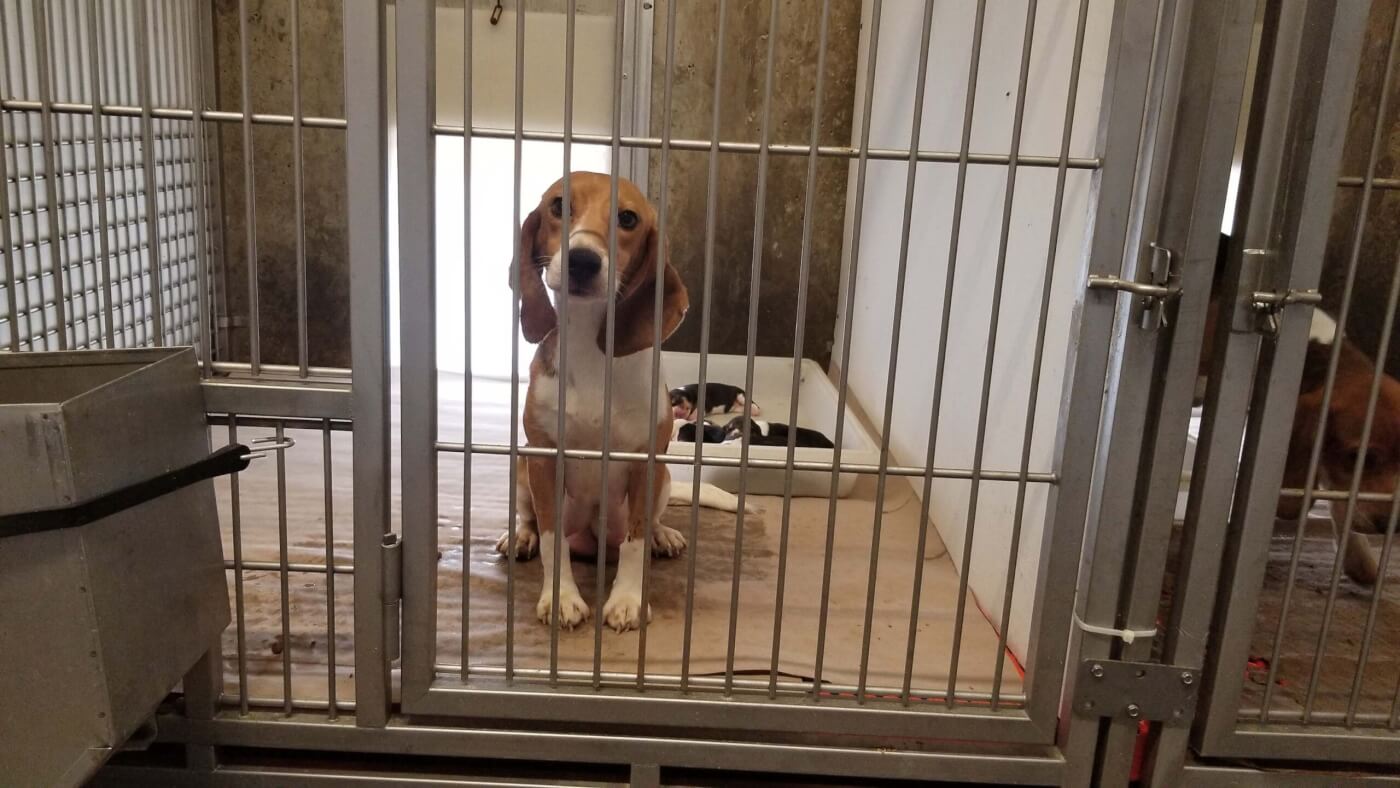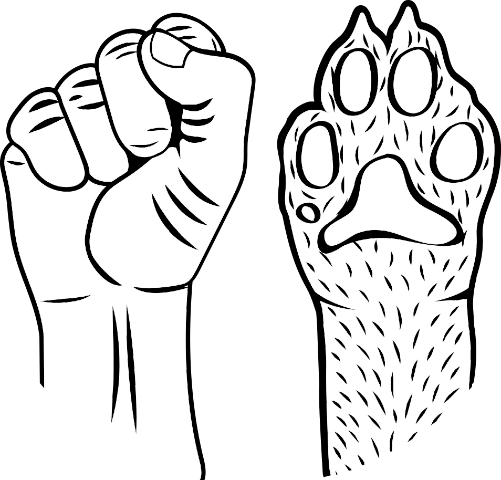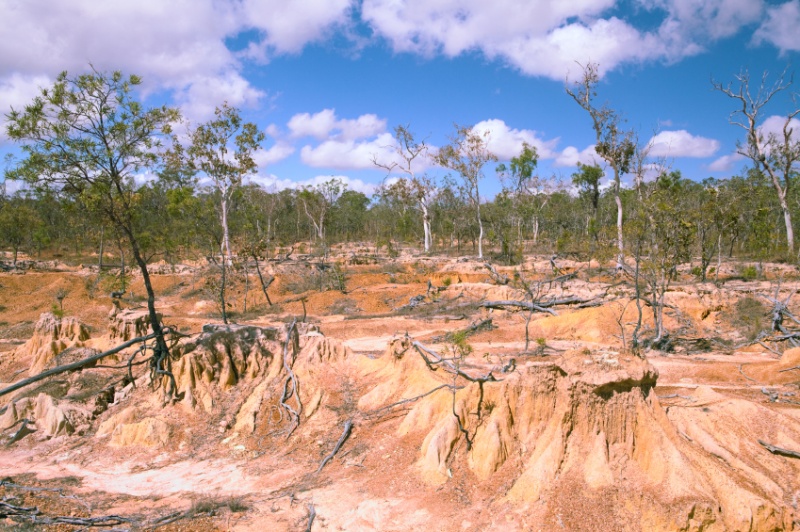
Sheep Farming and the Wool Industry’s Damaging Environmental Impact
Wool production is a nightmare for the planet. According to the recent “Pulse of the Fashion Industry” report, wool is one of the five most environmentally damaging materials.
Sheep farming, just like cattle farming, generates huge quantities of the greenhouse-gas emissions that cause climate change.
It’s time we all considered the negative environmental impact of wool as well as the horrendous cruelty that sheep face in the industry and made the switch to sustainable vegan fashion.
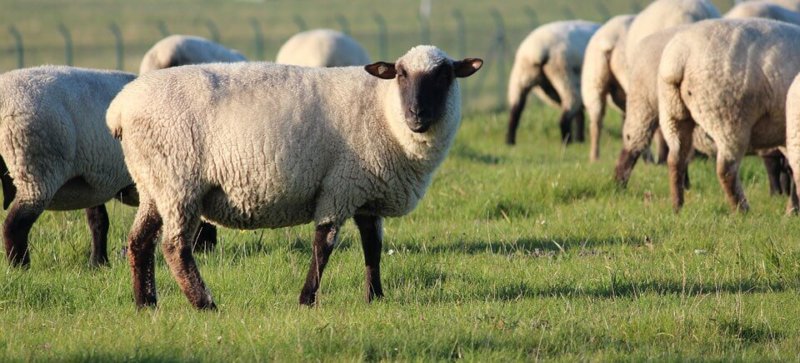
Sheep Farming Has a Huge Carbon Footprint
Sheep eat a lot – and as they digest their food, gases build up inside their intestines that must be expelled. So they burp and fart a lot, releasing enormous amounts of methane gas into the atmosphere. Australia’s vast sheep population (over 70 million) has been identified as a major contributor to climate change. One sheep can produce about 30 litres of methane each day. And in New Zealand, gases passed by animals – mostly sheep – make up more than 90 per cent of the nation’s total methane emissions.
Manure from sheep and other animals exploited on farms has significantly contributed to the increase in atmospheric greenhouse gases over the last 250 years. And excrement from sheep is polluting our land, air, and water, resulting in eutrophication, a serious ecological problem that occurs when run-off waste causes excessive growth of plant life in water systems. This suffocates animals by depleting oxygen levels in the water and is the leading cause of “dead zones”.
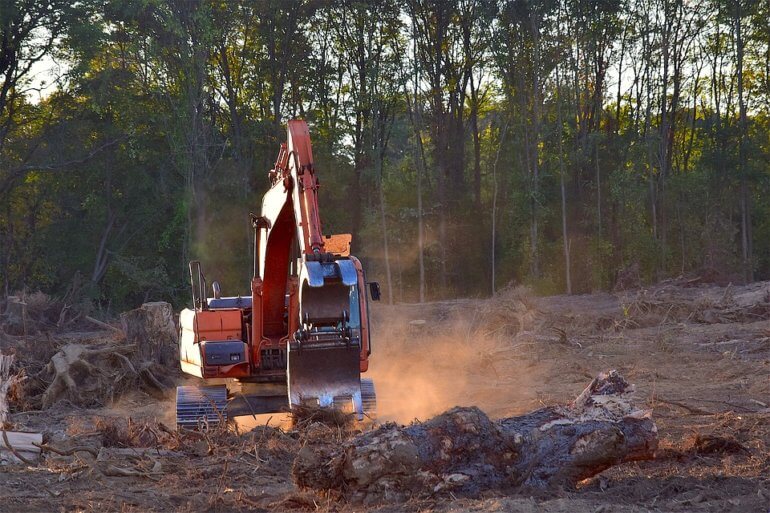
Wool Production Leads to Deforestation
Wool production gobbles up precious resources. Environmentalists are increasingly highlighting the negative impact of sheep farming on the landscape.
Land has been cleared and trees have been cut down to make room for grazing sheep, leading to increased soil salinity and erosion as well as decreased biodiversity.
Approximately 20 per cent of pastureland worldwide is considered degraded because of overgrazing, compaction, and erosion. In the first half of the 20th century, Argentina was second only to Australia in wool production. But when local Argentinean sheep farmers got too greedy, the scale of their operations outgrew the capacity of the land to sustain them. Soil erosion in the region has triggered a desertification process that officials estimate threatens as much as 93 per cent of the land. Today, Argentina is no longer a major wool producer – and Australia could suffer a similar fate.
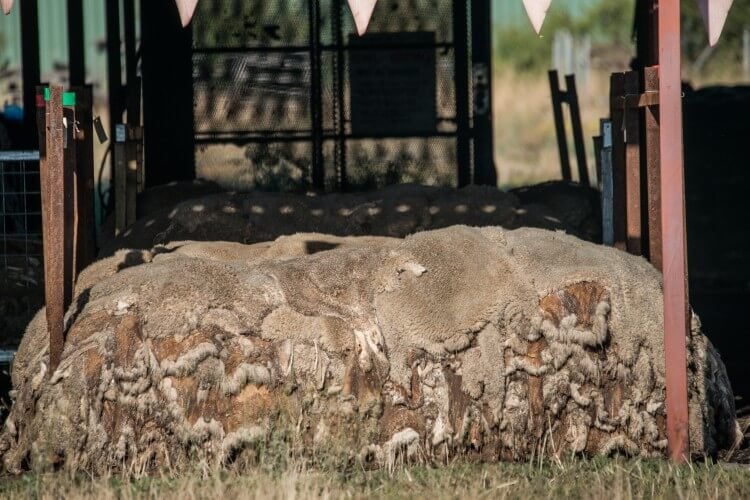
Production Methods Release Toxic Chemicals
Pesticides and insecticides are often used on sheep to keep them free of parasites. Once sheep have been shorn, their wool is scoured and washed using chemicals, which can also contaminate nearby water sources.
“Sheep dip” pesticides cause soil contamination and water pollution, while the use of dangerous organophosphate chemicals in the 1990s left many sheep farmers with debilitating health conditions.
Wool Production Is Cruel
On top of the wool trade’s horrendous environmental impact, sheep suffer terribly in the industry. PETA has released video exposés recorded at nearly 100 facilities on four continents revealing that sheep are mutilated, abused, and skinned alive – even for “responsibly sourced” wool on disingenuously named “sustainable” farms.
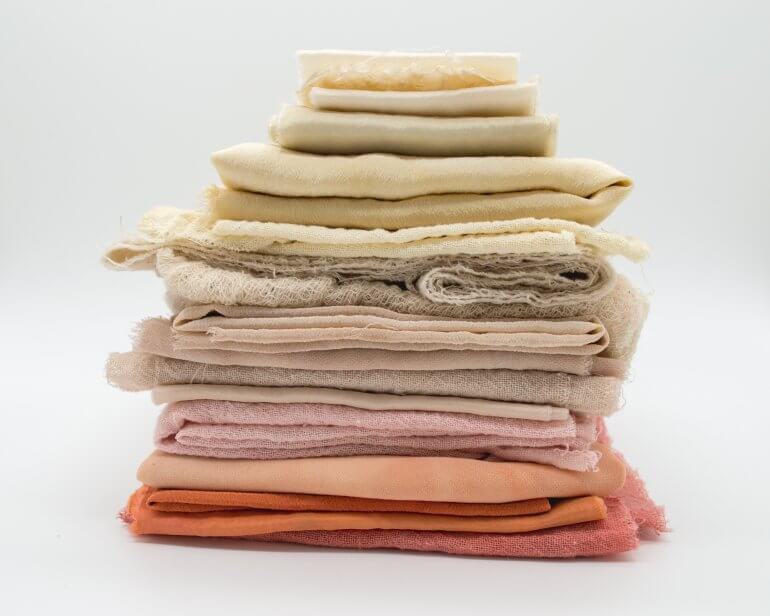
A World of Eco-Friendly Choices
Just as we’ve seen with the shift away from fur, angora wool, and mohair, consumers are increasingly looking to purchase clothes that are proudly consistent with their humane values and their concern for animals and nature. With a wide variety of eco-friendly choices available – including organic cotton, Tencel, bamboo, and hemp – ditching wool is easier than ever.
We recommend choosing environmentally friendly natural or recycled-synthetic materials. However, when consumers purchase clothing made with plastic or synthetics, the impact on our planet is still less than that of buying wool. According to the “Pulse of the Fashion Industry” report and the Higg Materials Sustainability Index, the greenhouse-gas emissions generated by wool production are far greater than those caused by the production of acrylic, nylon, viscose, and many other synthetic materials.
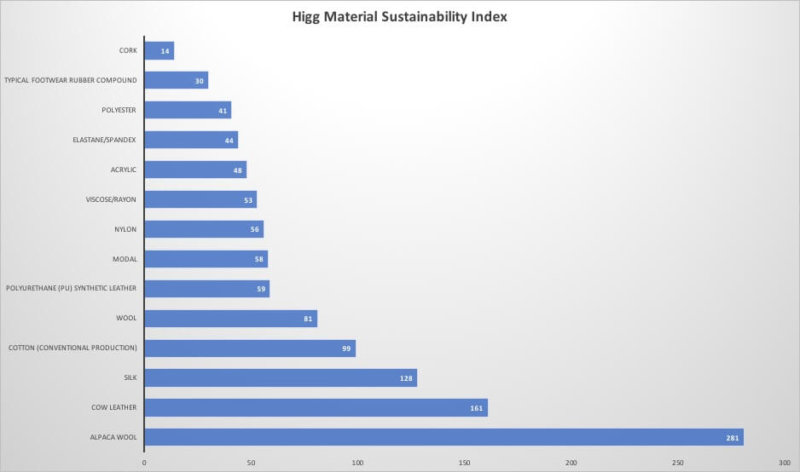
What You Can Do
Vegan fabrics are the future. They’re versatile and environmentally sound, and they don’t involve cruelty to animals. Check out our list of wool alternatives, and browse the many “PETA-Approved Vegan” brands on this list.
Find Out More About Wool:
The Cruelty of Wool | Mulesing | Ultra-Fine Wool | Saleyards
Animals Are Suffering in Laboratories – Help Save Them Now
